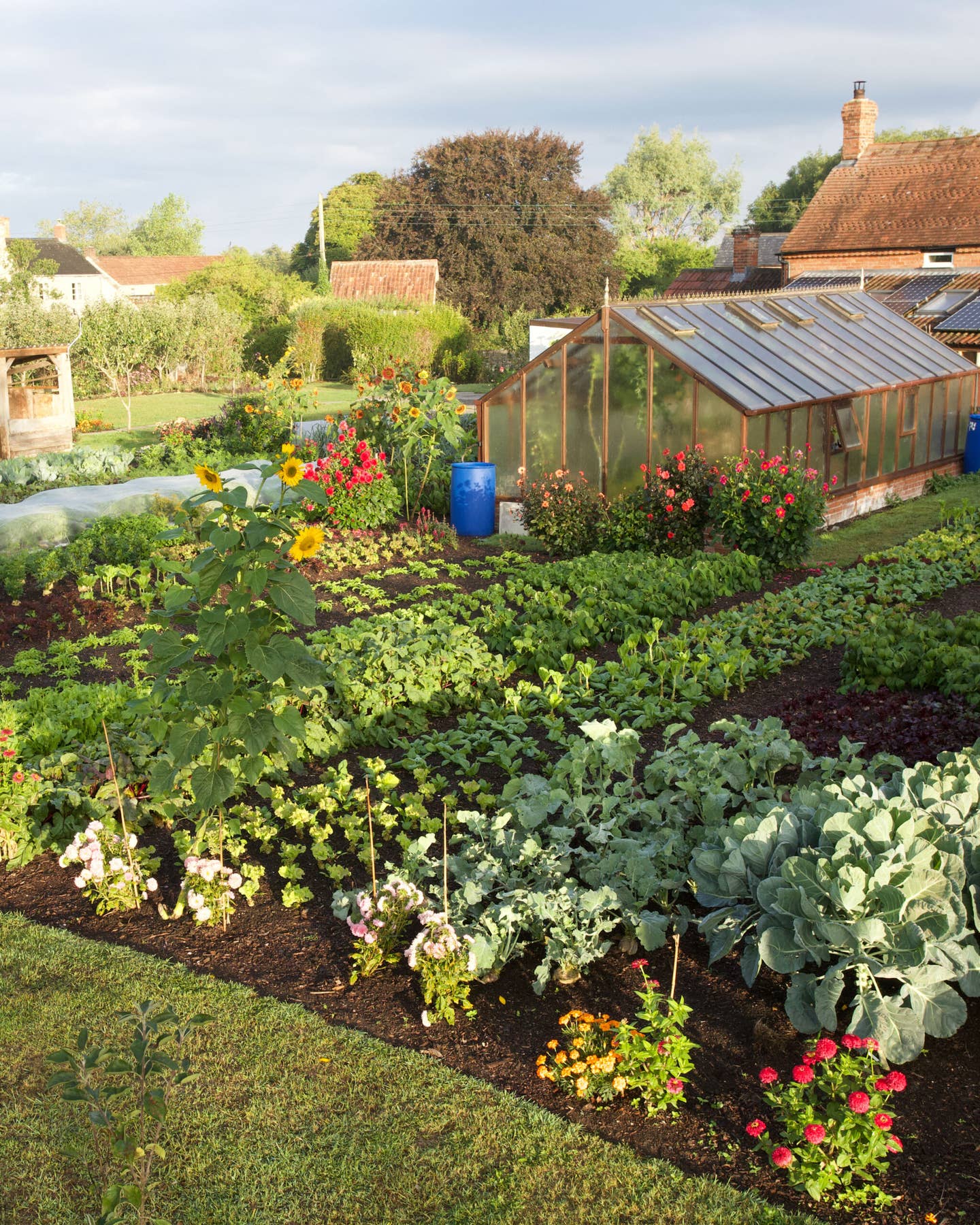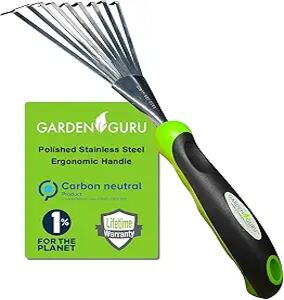The Comprehensive Guide to Gardening: Discover the Advantages of Various Styles and Methods
Horticulture encompasses a varied selection of designs and approaches, each offering unique advantages tailored to specific choices and environmental contexts. From the structured elegance of official yards to the natural appeal of permaculture, understanding these variants is vital for cultivating a space that not just prospers but likewise shows individual values and appearances. Lasting practices play an essential duty in improving local communities and making certain long-lasting success. As we check out these various designs, it ends up being apparent that the choices made can dramatically affect both the yard's health and wellness and its contribution to the surrounding environment.
Understanding Gardening Basics
Comprehending the fundamentals of horticulture is essential for growing a flourishing and sustainable garden. An effective gardening venture starts with a strong foundation of knowledge relating to soil, plant option, and climate considerations.
Selecting the right plants is similarly important. Understanding their specific needs-- such as sunshine, water, and spacing-- ensures compatibility with the local climate and dirt problems. This selection process need to also think about the growth behaviors and lifecycle of plants, permitting a balanced and cosmetically pleasing garden.
Furthermore, efficient sprinkling techniques are important. Over-watering and under-watering can both bring about plant tension and condition. Carrying out a timetable based on seasonal modifications and plant requirements can boost water performance.
Popular Horticulture Styles
What specifies the significance of popular horticulture designs? These designs envelop diverse visual principles, practical requirements, and environmental considerations, inevitably showing the gardener's personal vision. Among one of the most prominent styles is the home yard, identified by its casual design and a vivid array of blossoms and vegetables. This approach stresses a harmonious mix of color and appearance, creating a welcoming ambience.
Alternatively, the formal garden embodies proportion and order, typically featuring geometric patterns and carefully trimmed hedges. This design connects style and elegance, with thoroughly chosen plants that reinforce a structured aesthetic.
The Japanese garden supplies a tranquil and introspective experience, utilizing natural elements like water, stones, and plants to develop a tranquil environment. It concentrates on simpleness and equilibrium, urging reflection.
Additionally, xeriscaping has gotten appeal, particularly in deserts (Gardening). It prioritizes drought-resistant plants and effective water usage, promoting sustainability while boosting landscape appeal
Advantages of Container Gardening
Container gardening uses a wide range of benefits that make it an appealing option for both beginner and experienced garden enthusiasts alike. Among the key advantages is versatility; containers can be positioned in various locations, enabling garden enthusiasts to enhance sunlight exposure and develop aesthetically enticing plans. This flexibility makes it feasible to garden in areas where conventional in-ground horticulture might not be possible, such as verandas, patios, or city atmospheres.
In addition, container gardening gives better control over soil problems. Garden enthusiasts can customize the dirt mix to match specific plants, guaranteeing ideal drainage and nutrient accessibility. This is specifically advantageous for people staying in areas with poor or polluted soil.
One more considerable benefit is the decreased danger of pests and illness. company website Container plants can be kept track of extra conveniently, and any kind of concerns can be resolved promptly. This strategy can minimize the spread of intrusive species.
Sustainable Horticulture Practices
Sustainable gardening techniques are vital for advertising ecological wellness and improving biodiversity in our ecosystems. These methods prioritize eco-friendly equilibrium, source preservation, and the use of organic techniques to decrease adverse ecological impacts. By employing methods such as composting, gardeners can reduce waste while enriching soil wellness, therefore cultivating a prospering garden environment.
Water conservation is an additional critical aspect of lasting horticulture. Methods such as rain harvesting, drip irrigation, and using drought-resistant plants can considerably lower water usage while making sure that plants get ample dampness. Integrating native plant types into garden styles supports local wildlife and reduces the need for chemical fertilizers and pesticides, which can be unsafe to the setting.

Ultimately, sustainable horticulture techniques not only add to much healthier gardens but likewise promote an even more resistant environment, using lasting advantages to both the garden enthusiast and the surrounding neighborhood.
Tips for Successful Horticulture
To cultivate a flourishing yard, garden enthusiasts need to focus on mindful planning and thoughtful implementation of their gardening techniques. Begin by examining the regional environment and dirt problems, as these aspects substantially affect plant selection and growth. Pick plants that are well-suited to your atmosphere, thinking about native species that will love very little intervention.
Carrying read the full info here out a well-structured design is critical (Gardening). Make use of friend growing strategies to advertise biodiversity and all-natural bug control, while guaranteeing each plant has sufficient space for growth. This not just boosts visual appeals however likewise improves overall plant wellness
Routine maintenance is key to a successful yard. Develop a constant schedule for watering, weeding, and fertilizing. Mulching can assist maintain wetness and reduce weeds, while also including raw material to the dirt.
Don't ignore the significance of observation. On a regular basis checking plant wellness and growth will certainly enable timely treatments. Lastly, be open to learning and adjusting; gardening is a continuous procedure that takes advantage of experience and experimentation. By focusing on careful preparation, implementation, and ongoing maintenance, gardeners click over here can attain a vibrant and effective garden that thrives throughout the seasons.
Conclusion


In summary, the exploration of diverse horticulture styles and methods reveals their multifaceted advantages, adding to both aesthetic allure and ecological health. Container horticulture offers adaptability and ease of access, while sustainable methods enhance ecological stewardship. By incorporating different methods and methodologies, gardeners can optimize their initiatives, advertise biodiversity, and create practical outdoor rooms. Ultimately, this thorough overview functions as a beneficial source for growing successful gardening experiences, fostering a deeper link with nature and the bordering community.
Comments on “Seasonal Gardening Tips: What to Plant and When for Ideal Results”